Crescent Sustainability Initiatives
CLEAN WATER AND SANITATION (SDG 6)
COMPREHENSIVE WATER EXTRACTION STRATEGY
The B.S. Abdur Rahman Crescent Institute of Science and Technology has implemented a comprehensive and sustainable water extraction strategy on its campus, focusing on various sources and innovative technologies to optimize water use. The institution utilizes multiple water sources, including reverse osmosis (RO) water for drinking, bore water extracted from depths of up to 300 feet, and open wells strategically located near hostels and canteens. Additionally, the campus receives lorry water deliveries, which supplement its water supply. A sophisticated rainwater harvesting system (RWHS) is also in place, capturing runoff from building rooftops to enhance groundwater recharge and ensure a sustainable water supply.
ADVANCED WATER MANAGEMENT TECHNOLOGIES
The institute’s water management infrastructure incorporates advanced technologies that facilitate efficient water extraction and usage. The rainwater harvesting system is complemented by state-of-the-art sewage treatment plants that recycle water for non-potable applications, such as gardening and toilet flushing. Smart water management technologies, including IoT-based monitoring systems and digital flow meters, allow for real-time tracking of water consumption, enabling the campus to optimize its water usage effectively. This multi-dimensional approach transforms water management from a utility concern into a strategic environmental initiative, addressing critical challenges like water scarcity and resource optimization.
COMMITMENT TO REGULATORY COMPLIANCE
Regulatory compliance is a cornerstone of the institute’s sustainable water extraction practices. The campus adheres to national and international water conservation guidelines, aligning its water management strategies with the Ministry of Jal Shakthi’s regulations and comprehensive water conservation protocols. By implementing systematic water distribution management and advanced purification processes, the institute ensures optimal resource utilization while maintaining high-quality water consumption and recycling standards. This commitment to regulatory compliance enhances the sustainability of water extraction practices and reinforces the institution’s dedication to environmental stewardship.
ENGAGING STAKEHOLDERS FOR WATER CONSERVATION
Stakeholder engagement is vital to the institute’s sustainable water management strategy. The institution has developed extensive awareness programs to educate students, faculty, and staff about the importance of water conservation. Interactive initiatives, such as painting competitions and slogan-making events, foster a culture of environmental consciousness and encourage proactive participation in sustainable practices. The institute cultivates a community that values and actively engages in water conservation efforts by transforming individual awareness into collective responsibility.
CONTINUOUS IMPROVEMENT – EDGE CERTIFICATION
Looking ahead, the institute’s vision for sustainable water extraction includes continuous improvement and progressive goal-setting. Key recommendations focus on maximising the utilisation of treated water, reducing groundwater extraction, and implementing centralized real-time water monitoring systems. The long-term goal is to create a replicable model of sustainable infrastructure that can be adopted by other educational institutions and organizations, further minimising their environmental footprint. The achievement of EDGE certification for various buildings on campus underscores the institute’s commitment to sustainability and resource efficiency, setting a benchmark for future construction projects.
SUSTAINABLE WATER EXTRACTION ON CAMPUS
In summary, the B.S. Abdur Rahman Crescent Institute of Science and Technology exemplifies a proactive approach to sustainable water extraction on campus. By utilizing diverse water sources, integrating advanced technologies, ensuring regulatory compliance, engaging stakeholders, and focusing on continuous improvement, the institution addresses its immediate water needs and contributes to broader environmental sustainability goals. This comprehensive strategy serves as a model for other institutions seeking to implement sustainable water management practices and reduce their ecological impact.
EDGE GREEN BUILDING CERTIFICATION
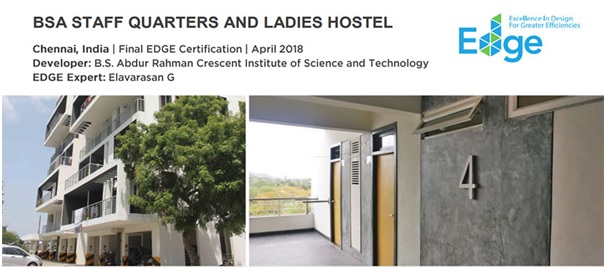
Figure VI (5.4) – 1: Photographs showing the BSA Staff Quarters
The B.S. Abdur Rahman Crescent Institute has received final EDGE certification from GBCI India.
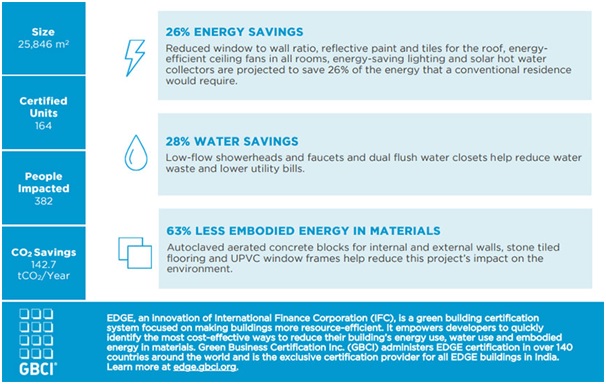
Figure VI (5.4) – 2: Screenshot showing the gist of Statistics of Audit conducted by EDGE
BSA Staff Quarters & Ladies Hostel – Hostel Block – GBCI EDGE Project Study
BSA Staff Quarters and Ladies Hostel – EDGE Details
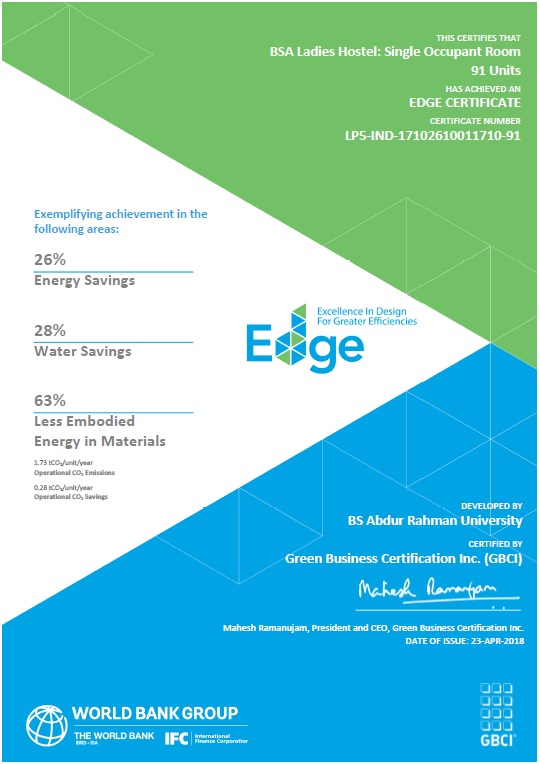
Figure VI (5.4) – 3: GBCI-EDGE GREEN BUILDING Certification for Ladies Hostel
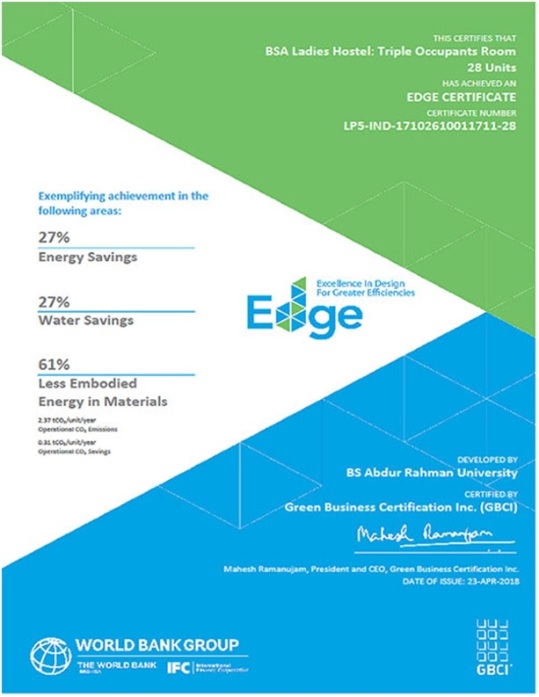
Figure VI (5.4) – 4: GBCI-EDGE GREEN BUILDING Certification for Ladies Hostel
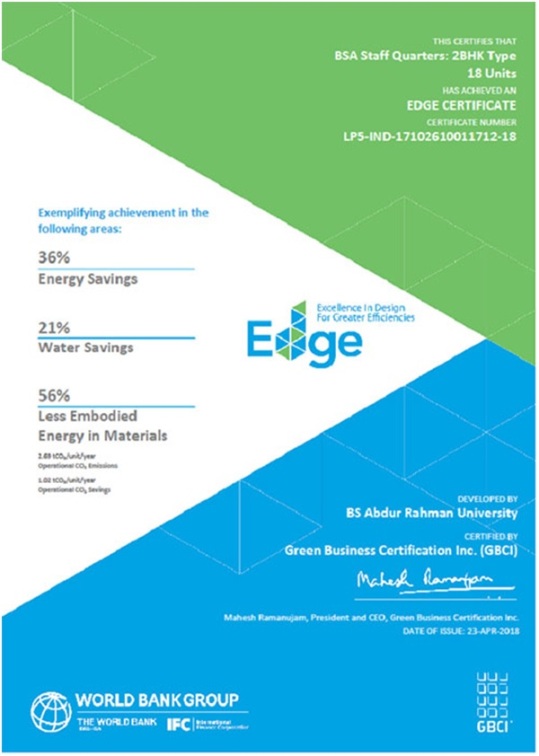
Figure VI (5.4) – 5: GBCI- EDGE Certificate for Staff Quarters
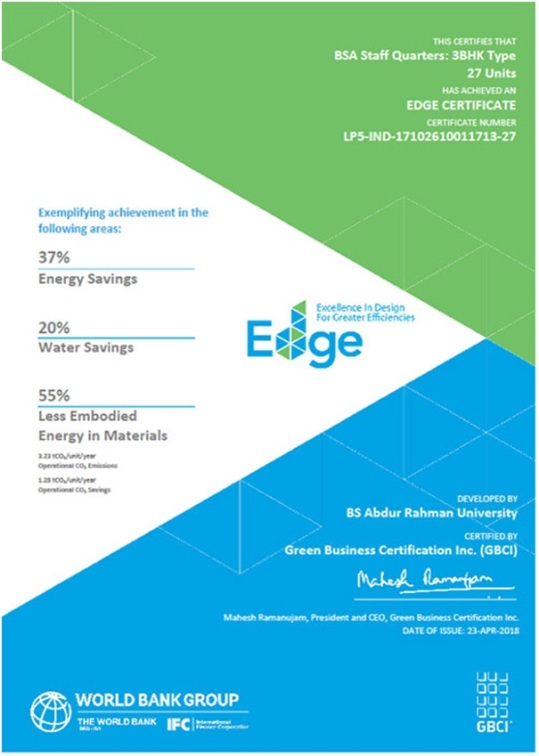
Figure VI (5.4) – 6: GBCI- EDGE Certificate for Staff Quarters
Table VI (5.4) – 1: Indian Standards Adopted / Implemented for water conscious building
| S. No. | Name of the Building | Indian Standards |
| 1 | Extension of Mechanical Block | Loading Standards as per BIS-875, Seismic Force as per BIS-1893 and BIS – 456 https://www.bis.gov.in/ https://standardsbis.bsbedge.com/ https://www.bis.gov.in/standards/technical-department/national-building-code/ |
| 2 | Aeronautical Block | |
| 3 | Staff Quarters | |
| 4 | Ladies Hostel |
• Design Brief on Electrification, Public Health Engineering Fire Fighting – Ladies Hostel
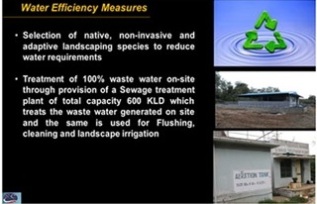
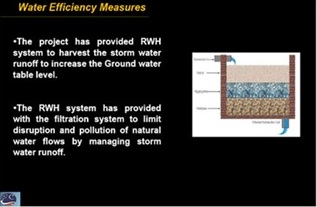
Figure VI (5.4) – 7: Water Efficiency Measures
INITIATIVES OF THE INSTITUTION
B.S.Abdur Rahman Crescent Institute of Science and Technology takes initiatives to maintain sustainability in several aspects such as water reuse, water conservation, rainwater harvesting, implementing sustainable technologies for water and wastewater treatment etc. One of the major source of water supply for the Institute is from well. Sufficient care is taken that the water is drawn from the well at a constant phase and it is not over exploited. It is also ensured that the motors and other pipe appurtenances are in proper function so that the loss of water during extraction is prevented.
As a sustainable approach, the rainwater harvesting pipelines collecting rain water from the Mens Hostel is being redirected to the one of the wells in the Campus. The rainwater collection pipe discharging rainwater into the well is shown in the figure below. This would serve as a sustainable method to recharge the ground water and it would also reduce the burden of the well for the water supply. Hence the rain water can also be harvested and effectively utilized. The solar panels are also fixed on the surface of the wells inorder to capture the energy form the sunlight. It is further utilized for supplying power to the motors used for extracting water from the well. The Solar powered pumping system is also an approach aiming towards sustainability.
WATER HARVESTING
- B S Abdur Rahman Crescent Institute of Science and Technology is one of the pioneers in implementing solutions to save water.
- The institute has implemented rain water harvesting system in the campus with a strong desire to utilize the rain water at maximum extent.
- The Institute has taken tremendous efforts to reduce the water consumption and also to treat the wastewater generated within the campus so that it can be effectively reused for gardening and toilet flushing.
- In the forefront to save water, our institute of science and technology has initiated and executed the rainwater harvesting in the campus.
- Rainwater harvesting facility is done in all blocks to collect rainwater from the roof of all buildings.
- The harvested water is diverted to open wells in institute campus, Men’s Hostel and ladies hostel.
- The placement of rainwater facility within the campus is decided upon by considering the profile of the land so as to drain the maximum amount of water collected with ease.
- In the buildings, sufficient plumbing connections are provided to trap the rain water from the roof tops.
- Underground connections are ensured to connect the collected water from the roof top to the rainwater recharge pit.
- It was also ensured that the rainwater harvesting structures are constructed as per the norms. The recharge pit provided to collect the rain water is series of filter bed.
- This initiative took shape when the institute faced shortage of water during summer. Cost of buying water was becoming a financial burden. The only alternative to the water crisis was to use the available water more effectively.
- The features of the recharge pit are described below.
- A mesh is provided at the inlets of rain water pipes so that solid waste/debris is prevented B.S.Abdur Rahman Crescent Institute of Science and Technology has taken initiatives to install rain water harvesting pits in the campus from entering the pit system.
- The recharge pits are of size 2m x 2m x 2m is excavated
- The recharge pit comprises different set of filter media. The filter media comprises of thick layers of boulders at the bottom followed by layers of gravels and coarse sand.
- This enables the filtration of water and also prevents the deposition of silt on the recharge pit.
- Access Manhole frames and covers are provided.
- The rain water is also stored in Underground sumps of Life Science block, Mechanical Science Block and New Staff Quarters.
RAIN WATER HARVESTING STRUCTURES AND UTILIZATION IN THE CAMPUS
B.S. Abdur Rahman Crescent Institute of Science and Technology has taken initiatives to install rain water harvesting pits in the campus.
RAIN WATER HARVESTING
Rainwater harvesting facility is done in all blocks to collect rain water from the terrace. The harvested water is diverted to open wells in institute campus, Men’s Hostel and ladies hostel. The rain water is also stored in Underground sumps of Life Science block, Mechanical Science Block and New Staff Quarters. The rain water is stored after passing through the pre-filter as shown in Figure below.
Table VI (5.4) – 2: Block-wise Rainwater Harvesting
S. No | CAMPUS/BLOCKS | Number of Rain Water Harvesting | Quantity of Water Collected(L) |
1 | College/Life Sciences Block | 1 | 10000 (Approx) |
2 | New Architecture Block | 1 | 10000 (Approx) |
3 | Computer Science block | 1 | 10000 (Approx) |
4 | Pharmacy Block | 1 | 10000 (Approx) |
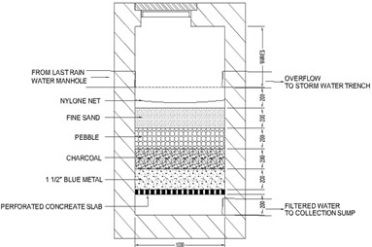
Figure VI (5.4) – 8: Rain Water Harvesting Filter Pit
The special features of the filtration unit connected with the rain water harvesting system is given as follow
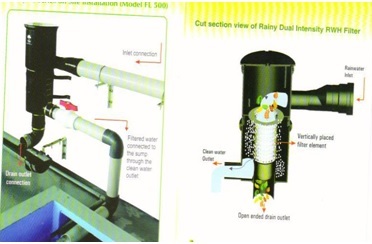
Figure VI (5.4) – 9: Rain water filtered using Dual Intensity filters and stored in underground sumps
Special Features:
- Dual Intensity Filter works on the principle of cohesive & centrifugal force.
- Works on Gravitational force (No external energy required)
- Compact in size and wall mounted
- Automatic flush out of dirt particles
- Flexibility in pipe connection to any angle and degree
- Provision of bypass valve
In our Institute Rainy filter –FL 500 is used as part of the rainwater harvesting system. Thetechnical specifications of Model FL 500 is given below.
Rainy Filter –FL 500:
Table VI (5.4) – 3: Technical Specifications & Parameters of Model FL 500
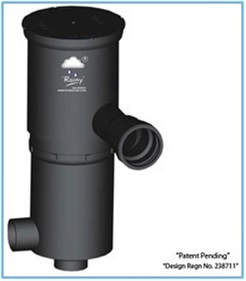
Suitable up to area: | 500 SQMTRS |
Max: Intensity of Rainfall: | 75 mm/hr |
Working Principle : | Cohesive Force & Centrifugal force |
Operating Pressure: | Less than 2 feet of head (0.060kg/cm2) |
Capacity: | 480 LPM |
Filter Element: | SS-304 Screen |
Mesh Size: | 250 Microns |
Inlet: | 110 MM |
Clean Water Outlet: | 90 MM |
Drain Outlet: | 110 MM |
Housing: | High Density Polyethylene |
Efficiency of Filter: | Above 90% |
Source of Power: | Gravity |
The characteristic features of FL Series Dual Intensity RWH Filter are its capacity to take up the load up to 10 to 500 square meters of Roof area with variable intensity of rainfall of 5 to 75 mm/ hour with a discharge capacity of 10 To 480 Liters per minute.
RAIN WATER HARVESTING STRUCTURES IN CAMPUS
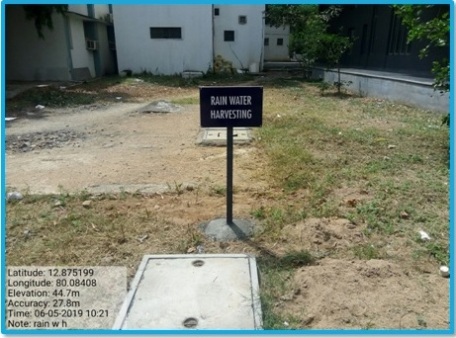
Figure VI (5.4) – 10: Rainwater harvesting pit
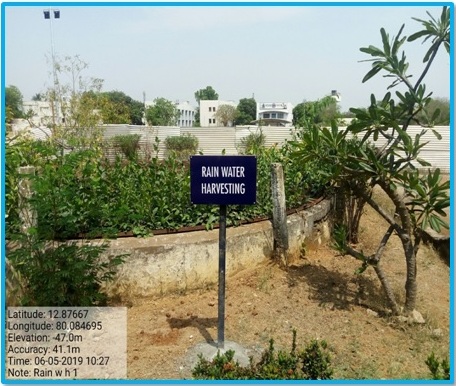
Figure VI (5.4) – 11: Rainwater collection well
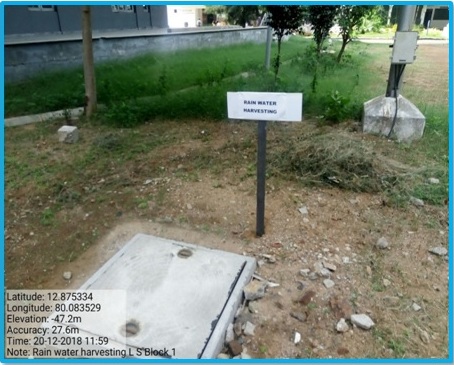
Figure VI (5.4) – 12: Rainwater harvesting pit at life science block
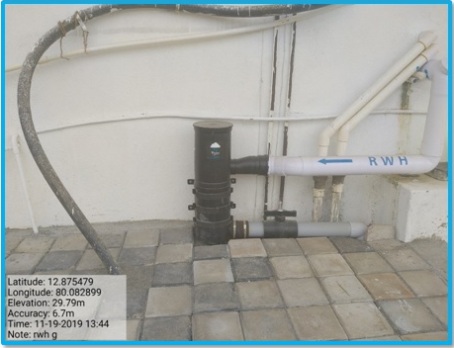
Figure VI (5.4) – 13: Filter unit in rainwater harvesting system (architectural block)
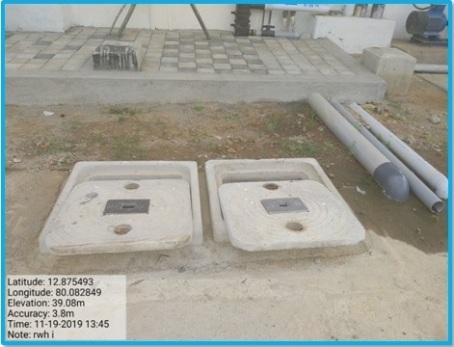
Figure VI (5.4) – 14: Rainwater collection sump (architectural block)
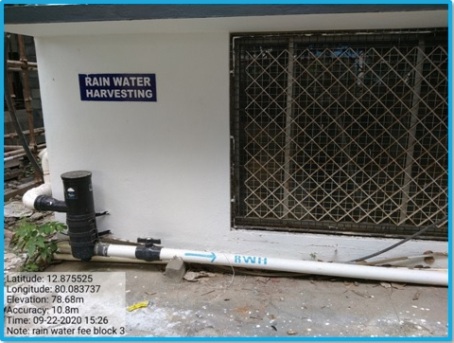
Figure VI (5.4) – 15: Filter unit in rainwater harvesting system (computer science block)
Rainwater harvesting facility is done in all blocks to collect rain water from the terrace. The details are listed below.
Table VI (5.4) – 4: Rain Water Harvesting Details
S. No | Inlet Pit Detail | Area (sq. m) | Rain water filter capacity (Litres) | Location |
1 | Inlet pit-1 | 156 | 200 | Mechanical Science Block |
Inlet pit-2 | 122 | 200 | ||
Inlet pit-3 | 296 | 300 | ||
Inlet pit-4 | 175 | 200 | ||
Inlet pit-5 | 243 | 300 | ||
2 | Inlet pit-1 | 191 | 200 | Ladies Hostel-New Block |
Inlet pit-2 | 188 | 200 | ||
Inlet pit-3 | 132 | 200 | ||
3 | Inlet pit-1 | 68 | 100 | New Staff quarters |
Inlet pit-2 | 65 | 100 | ||
Inlet pit-3 | 81 | 100 | ||
Inlet pit-4 | 66 | 100 | ||
Inlet pit-5 | 81 | 100 | ||
Inlet pit-6 | 66 | 100 | ||
4 | Inlet pit-1 | 61 | 100 | Men’s Hostel-A&B BLOCK |
Inlet pit-2 | 71 | 100 | ||
Inlet pit-3 | 43 | 100 | ||
Inlet pit-4 | 132 | 200 | ||
Inlet pit-5 | 132 | 200 | ||
Inlet pit-6 | 43 | 100 | ||
Inlet pit-7 | 71 | 100 | ||
Inlet pit-8 | 61 | 100 | ||
5 | Inlet pit-1 | 297 | 300 | Men’s Hostel -C& D BLOCK |
Inlet pit-2 | 297 | 300 | ||
6 | Inlet pit-1 | 71 | 100 | Men’s Hostel -PG BLOCK |
Inlet pit-2 | 71 | 100 | ||
Inlet pit-3 | 71 | 100 | ||
Inlet pit-4 | 71 | 100 | ||
Inlet pit-5 | 71 | 100 | ||
Inlet pit-6 | 71 | 100 | ||
Inlet pit-7 | 71 | 100 | ||
Inlet pit-8 | 71 | 100 | ||
7 | Inlet pit-1 | 275 | 300 | Pharmacy Block |
8 | Inlet pit-1 | 340 | 300 | Library Block |
SUPPORT FOR LOCAL FARMERS: WATER CONSERVATION
On February 24, 2023, the National Service Scheme (NSS) of B.S. Abdur Rahman Crescent Institute of Science & Technology organized a fieldwork initiative to assist local farmers at Pushpagiri Village, Padappai, near Manimangalam. This event aimed to support practical water conservation techniques employed in agriculture, highlighting the critical role that farming plays in sustaining communities. By engaging directly with the farming process, NSS volunteers gained insights into the importance of organic farming and the impact of sustainable practices on local ecosystems.
HANDS-ON EXPERIENCE IN ORGANIC FARMING
During the visit to VRISHAM ORGANIC FARM, NSS volunteers, accompanied by three programme officers, actively engaged in various farming activities. The farm showcased a diverse range of vegetables and greens cultivated through organic methods. The students took part in essential tasks such as weed removal and manure application, providing much-needed support to the farmers. This hands-on experience not only helped the local farmers but also allowed the volunteers to connect with the land and understand the intricacies of sustainable agriculture.
INSIGHTS FROM EXPERIENCED FARMERS
Throughout the day, local farmers Mr Mani and Mr Jana shared their extensive knowledge of organic farming practices and the research that informs their production methods. They explained the Farmer Producer Company (FPC) system, which empowers farmers through collective action and resource sharing. This discussion provided students with valuable context about the agricultural landscape and highlighted the importance of community support in fostering sustainable farming practices.
STUDENTS – FARMERS INTERACTION AND LEARNING
The interaction between NSS volunteers and the farmers was mutually beneficial. While the farmers received assistance in their daily operations, the students gained practical knowledge about agriculture, water conservation, and the significance of organic produce. This educational experience reinforced the idea that active participation in local farming can lead to greater awareness of sustainable practices and the importance of preserving resources for future generations.
CHAMPIONING WATER CONSERVATION OFF-CAMPUS
This initiative exemplifies the commitment of B.S. Abdur Rahman Crescent Institute and its NSS volunteers to support local farmers while promoting water conservation techniques off campus. Through hands-on experience and collaboration with experienced farmers, students contributed to their community and developed a deeper appreciation for the agricultural practices that sustain society. By fostering such initiatives, the institute aims to cultivate a generation of environmentally conscious individuals who understand the importance of water conservation and sustainable agriculture.
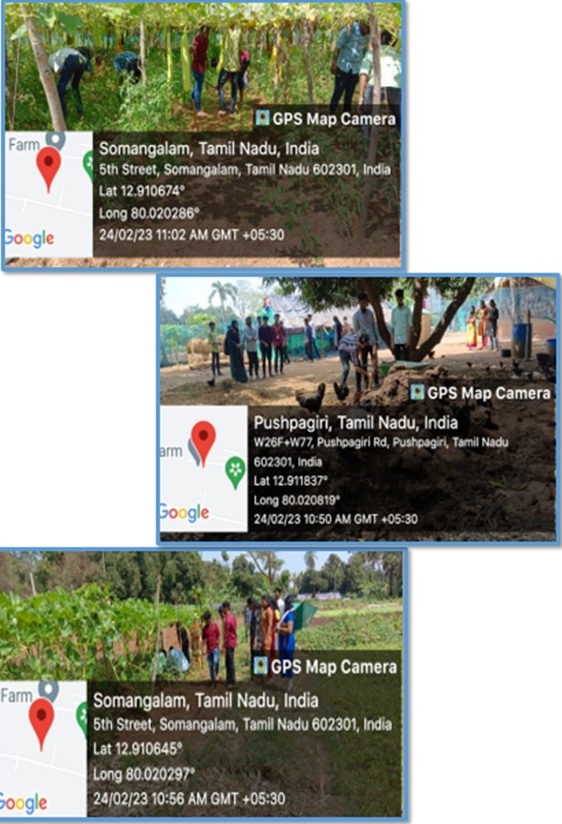
Figure VI (5.4) – 16: NSS volunteers engage in organic farming activities at VRISHAM ORGANIC FARM
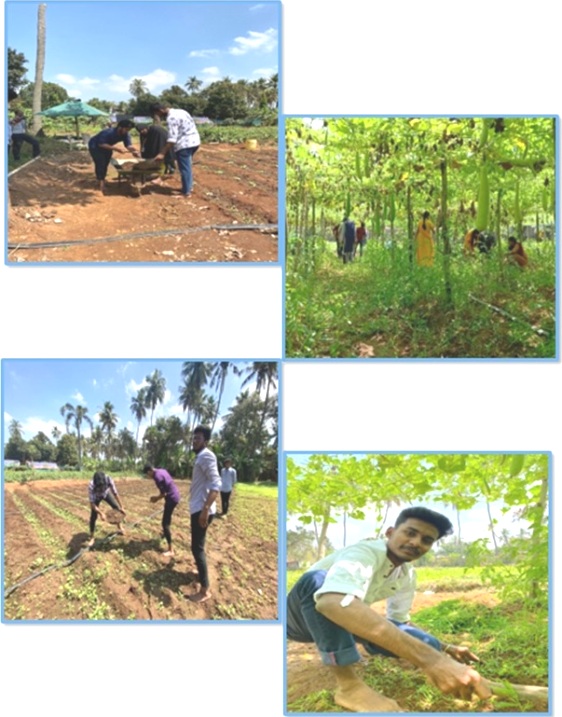
Figure VI (5.4) – 17: NSS volunteers engage in various organic farming activities, including fieldwork, harvesting, weeding, and irrigation, promoting water conservation and sustainable agriculture practices.
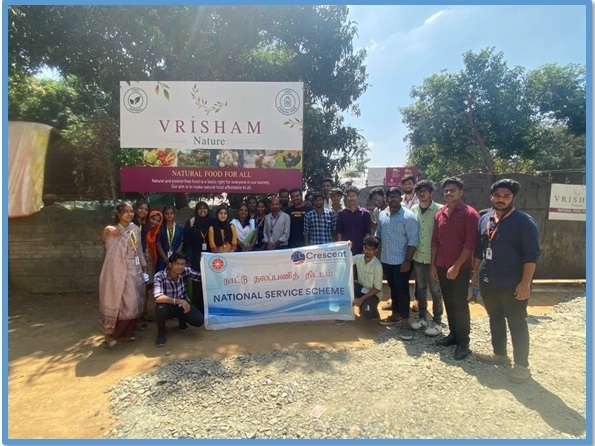
Figure VI (5.4) – 18: NSS volunteers from BSACIST gather at VRISHAM ORGANIC FARM, promoting water conservation, sustainable agriculture and community support.
Table VI (5.4) – 5: Students Vounteers List
| S.NO | RRN | NAME | DEPARTMENT |
| 1 | 210071601053 | Fahim ahamed | CSE A |
| 2 | 210071602002 | Alan | CSE A |
| 3 | 210071601111 | Mohamed shafik | CSE B |
| 4 | 210071601125 | Mohammed Hasin | CSE B |
| 5 | 210071601138 | Nivetha.A | CSE C |
| 6 | 210071601152 | R.Ruksaana | CSE C |
| 7 | 210081601042 | Naveeth Ahamed | IT |
| 8 | 210081601006 | Abinash | IT |
| 9 | 210051601023 | Asmaa Areef | ECE A |
| 10 | 210051601032 | Dinakar Reddy N | ECE A |
| 11 | 21005160111 | syed Sameer | ECE B |
| 12 | 210051601067 | Mohammed Afsar | ECE B |
| 13 | 211451601018 | Jai Nandhika | B.Com (Hons.) |
| 14 | 211451601033 | Naveen | B.Com (Hons.) |
| 15 | 211491601059 | Vishwa S | B.B.A (FS) |
| 16 | 211411601036 | Selvaraj. l | B.Com (A & F) |
| 17 | 211291601060 | Mohammed roufiq.t | B.Com (GEN) |
| 18 | 211291601062 | Murali. B | B.Com (A & F) |
| 19 | 211411601025 | Nasrin. K | B. Com (General) |
| 20 | 211291601044 | G. lavanya | B. Com (General) |
| 21 | 211491601647 | Romitha Venkatesan | B.B.A (FS) |
| 22 | 211291601111 | Surthika | B. Com (General) |
| 23 | 211491601005 | Arthi | B.B.A (FS) |
Water Management and Reuse Policy
Issue: 04; Revised on 2023
| Policy Created on | July 2009 |
| 1st Revision amended on | IQAC Meeting held on 27th October 2017 |
| 2nd Revision amended on | IQAC Meeting held on 31st March 2021 |
| 3rd Revision amended on | IQAC Meeting held on 16th June 2023 |
6.1 STATEMENT OF POLICY
The B.S. Abdur Rahman Crescent Institute of Science and Technology is committed to achieving the following objectives in alignment with Sustainable Development Goal 6 (SDG 6) – Clean Water and Sanitation:
- a) Ensure universal and equitable access to safe and affordable drinking water for all stakeholders.
- b) Provide adequate and equitable sanitation and hygiene for all, with special attention to the needs of women, girls, and vulnerable groups.
- c) Improve water quality by reducing pollution, eliminating dumping, and minimizing the release of hazardous chemicals and materials.
- d) Halve the proportion of untreated wastewater and substantially increase recycling and safe reuse globally.
- e) Substantially increase water-use efficiency across all sectors and ensure sustainable withdrawals and freshwater supply to address water scarcity.
- f) Implement integrated water resources management at all levels, including transboundary cooperation as appropriate.
- g) Protect and restore water-related ecosystems, including mountains, forests, wetlands, rivers, aquifers, and lakes.
- h) Expand international cooperation and capacity-building support to developing countries in water- and sanitation-related activities and programs.
- i) Support and strengthen the participation of local communities in improving water and sanitation management.
6.2 REASON FOR THIS POLICY
The policy aims to provide all stakeholders with adequate water supply, sanitation, and hygiene. It emphasises maximising the collection and treatment of sewage generated and the reuse of treated wastewater sustainably, thereby reducing dependency on freshwater resources. The policy promotes treating wastewater as an economic resource.
6.3 RESPONSIBILITIES
6.3.1 Policy Principles
- a) The campus shall provide adequate water supply and maximize water reuse by adhering to the following principles:
- Equitable access to safe and affordable drinking water for all stakeholders.
- Access to adequate sanitation and hygiene, ending open defecation, with special attention to vulnerable groups.
- Calculation of water usage per person (students, staff, and faculty) annually.
- Improving water quality by reducing pollution and increasing recycling and safe reuse.
- Utilization of recycled/treated wastewater for beneficial purposes, such as irrigation and toilet flushing.
- Implementation of integrated water resources management at all levels.
- Protection and restoration of water-related ecosystems on campus.
- Expansion of rainwater harvesting initiatives.
- Collaboration with government, NGOs, and industries in water-related activities.
- Support for student and staff participation in water management.
6.4.1 Water Reuse Policy Objectives
- Establish a comprehensive policy to maximize water reuse across the university.
- Ensure that all new buildings adhere to water-conscious building standards that facilitate water reuse.
- Implement systems for tracking and measuring water consumption and reuse.
6.4.2 Water Reuse
- Water Reuse Policy: maximise water reuse across the university.
- Water Reuse Measurement: Measure water reuse across the university.
6.5 DISSEMINATION OF POLICY
- a) Display signage promoting water use efficiency across the campus.
- b) Conduct awareness programs at regular intervals to increase water-use efficiency.
- c) Post the policy on the Institute’s website and update it as necessary.
6.6 ENFORCEMENT OF POLICY
- a) The Director (Planning & Development) and Deputy Director monitor compliance and address breaches.
- b) Awareness of the policy among students, staff, and visitors is essential.
- c) Breaches may lead to disciplinary action as per the Institute’s code of conduct.
REGISTRAR


